According to Timeanddate.com, tomorrow Vietnamese people will celebrate the summer solstice in 2025 at 9:42 am (based on the location of Ho Chi Minh City).
This will be the first day of summer in the Northern Hemisphere and the first day of winter in the Southern Hemisphere. It is also the day with the longest daylight and shortest night of the year.
Ho Chi Minh City welcomes summer solstice 2025 at 9:42 am tomorrow, June 21
PHOTO: CAO KY NHAN
According to the Hanoi Astronomical Society (HAS), solstices occur twice a year, in June and December. This year's June solstice falls on June 21, when the sun appears directly overhead for people living at the Tropic of Capricorn.
Meanwhile, the December solstice (winter solstice) usually falls on December 21. On this day, the sun shines perpendicularly on the Tropic of Cancer. This happens at the same time everywhere in the world .
The Arctic Circle is one of the five main parallels of latitude shown on maps of the earth. It is the parallel of latitude 66° 33′ 39″ (or 66.56083°) north of the equator. The area north of this circle is called the Arctic zone and the area immediately south of this circle is called the north temperate zone. The corresponding parallel in the Southern Hemisphere is called the Antarctic Circle.
Summer Solstice in the Arctic Circle
According to Space.com , the summer solstice is the only day of the year when all places within the Arctic Circle experience 24-hour daylight. However, due to atmospheric refraction, the phenomenon of "midnight sun" can occur for several days before and during the summer solstice in areas within a radius of about 60 miles south of the Arctic Circle. The farther north you get from the Arctic Circle, the more days you see midnight sun.
In the Northern Hemisphere, the length of daylight varies with latitude. At the equator, the time from sunrise to sunset is about 12 hours. At temperate or mid-northern latitudes (about 40 degrees north), the length of daylight lasts about 15 hours. For those north of the Arctic Circle (66.5 degrees north), the sun remains above the horizon for 24 hours.
PHOTO: CAO KY NHAN
On the June solstice, the entire Arctic - the area surrounded by the Arctic Circle - is illuminated by the midnight sun. This area includes parts of the United States, Canada, Iceland, Norway, Finland, Sweden, Russia...
In the Antarctic Circle, the summer solstice plunges into night for 24 hours. As in the Northern Hemisphere, any location in the Antarctic Circle experiences polar night, when the sun does not rise above the horizon for several days before the summer solstice.
On the June solstice, the North Pole is tilted toward the sun. No matter how much the Earth rotates, the sun never seems to set there, creating the phenomenon of the midnight sun. In contrast, the South Pole is plunged into 24-hour darkness known as the polar night.
The phenomenon of sunrise and sunset at the poles is not due to the rotation of the earth but to its orbit around the sun.
PHOTO: CAO AN BIEN
Six months later, on the December solstice, when the Earth is on the other side of the sun, the situation is reversed. The North Pole now points away from the sun and the sun does not rise. Meanwhile, the South Pole is bathed in the constant sunlight of the polar day. In other words, the phenomenon of sunrise and sunset at the poles is not due to the rotation of the Earth, but to its orbit around the sun.
Thanhnien.vn
source: https://thanhnien.vn/ngay-mai-la-ngay-dai-nhat-2025-ha-chi-noi-nay-co-mat-troi-luc-nua-dem-185250617112706114.htm


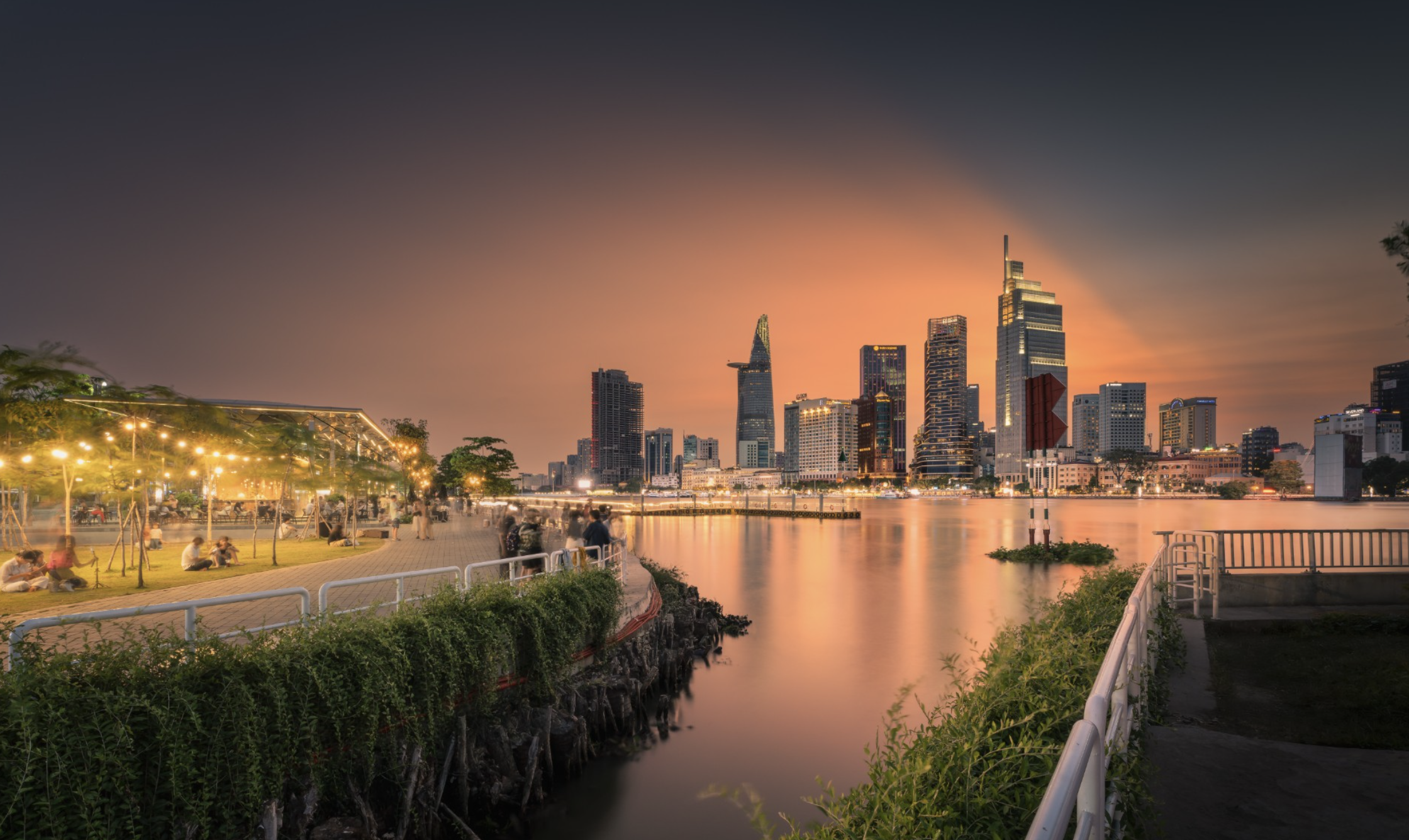
































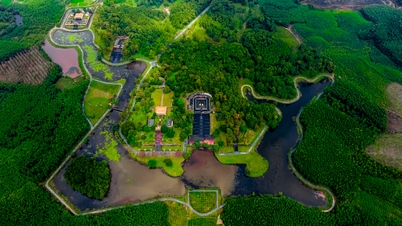



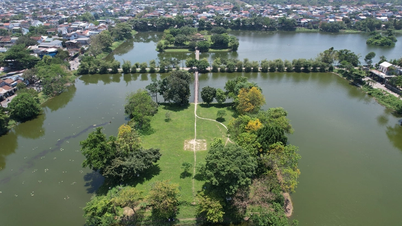






















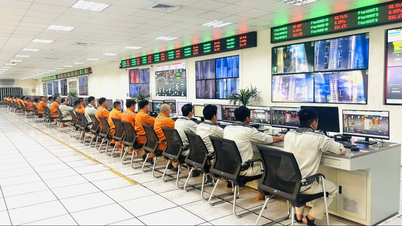










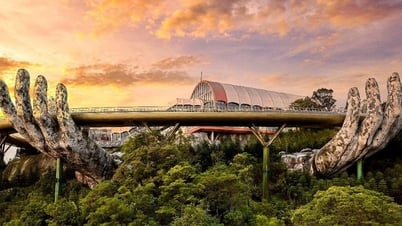



























Comment (0)